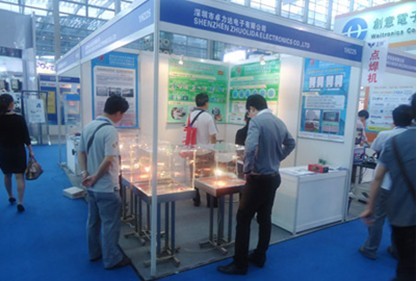About us

Location:Home » Chemical milling process


Overview of the Julid Process
The Julid Process ofphotochemical machining (often abbreviated as PCM, and sometimes referred to as chemical milling or chemical etching) is a technique for manufacturing high-precision flat metal parts by chemically etching away the unwanted materials, using a photographically prepared mask to protect the metal that is to remain after the etching process.
This process begins when we receive your engineering drawing or sketch that defines the precise characteristics of your part. We then generate an exact image of your part on a set of photographic films. Depending upon the size of your part, the films may contain from one to several thousand exacting images of your part.
The film is used to transfer the images of your part photographically to a sheet of clean flat metal which has been coated on both sides with a photosensitive,etchant-resistant polymer called photoresist. The result of these processes is a sheet of metal that is covered with photoresist over only that metal that will eventually become your parts.
The sheet is then sprayed with a heated etching solution. The metal not covered by the photoresist is dissolved, leaving precisely the parts that you specified.












